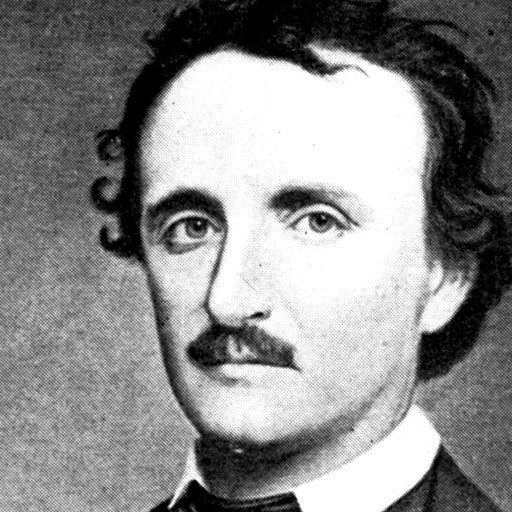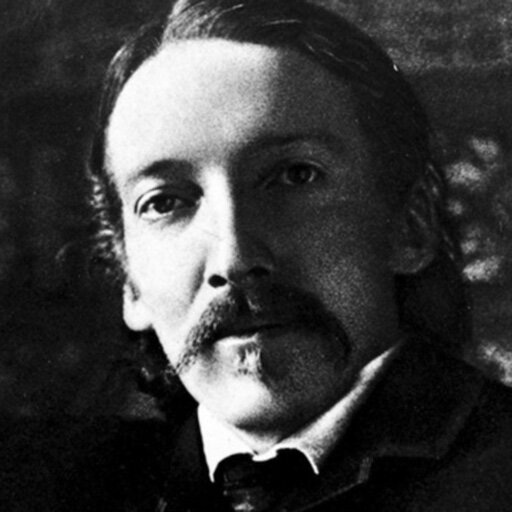set to original orchestral scores.
This is a life work that has deep roots
in the Lieder of Schubert and Schumann.
IMMORTALITY | CLARE HARNER
New Recording in Pre-Production
Be sure to check our orchestral setting to
Clare Harner's Immortality.
The poem has finally been properly attributed to her through new scholarly research!
Tap here for Immortality.
Below are the works in the
Song Cycle of Love and Death
composed and orchestrated to date:
I
Eldorado
Edgar Allan Poe
II
The Waking
Theodore Roethke
III
The Poison Tree
William Blake
IV
I Wandered Lonely as a Cloud
William Wordsworth
V
Song
Christina Georgina Rossetti
VI
Romance
Robert Louis Stevenson
VII
Song of the Wave
Kahlil Gibran
VIII
The Dole of the King's Daughter
Oscar Wilde
IX
The Flight
Sara Teasdale
X
Hie Away, Hie Away
Walter Scott
XI
Dream-Song
Walter de la Mare
XII
Invictus
William Ernest Henley
XIII
Immortality
Clare Harner
XIV
Gazing at Spring
Xue Tao
XV
To be a Pilgrim
John Bunyan
XVI
When We Two Parted
George Gordon Byron
A Brief History of the Song Cycle
A song cycle is a collection of songs designed to be performed in sequence. Generally, all of the songs are by the same composer, with lyrics from one or more poets. Unity is achieved by narrative or common theme, often underlined by musical means. The term originated to describe cycles of art songs or German Lieder.
The first generally accepted example of a song cycle is Beethoven's An die ferne Geliebte (1816). The genre was firmly established by the cycles of Schubert: his Die schöne Müllerin (1823) and Winterreise (1827), based on poems by Wilhelm Müller, are among his most greatly admired works.
Schumann's great cycles include Dichterliebe, Frauenliebe, Liederkreis and the Kerner Lieder. Brahms composed settings of verses from Ludwig Tieck's novel Magelone, and performances usually include connecting narration. He also wrote Vier ernste Gesänge. Mahler's Lieder eines fahrenden Gesellen, Kindertotenlieder, and* Das Lied von der Erde* expanded the accompaniment from piano to orchestra.
Wolf made the composition of song collections by a single poet something of a speciality although only the shorter Italian Songbook and Spanish Songbook are performed at a single sitting. Das Buch der hängenden Gärten by Schoenberg and Krenek's Reisebuch are important 20th century examples, and the tradition is carried on by Wolfgang Rihm.
Berlioz's Les nuits d'été (1841) pioneered the use of the orchestra, and the French cycle reached a pinnacle in Fauré's La bonne chanson, La chanson d'Ève and L'horizon chimérique and later in the works of Poulenc.
The first English song cycle was Sullivan's The Song of the Wrens (1871), to a text of eleven poems by Tennyson. Benjamin Britten also wrote cycles including The Holy Sonnets and Winter Words. Other examples include Vaughan Williams' Songs of Travel, Barber's Hermit Songs (1953) and Songfest and Hammarskjöld Portrait (1974) by Leonard Bernstein. Ariel (1971) by Ted Rorem is a modern 5 song cycle.
Mussorgsky wrote Sunless (1874), The Nursery and Songs and Dances of Death, and Shostakovich wrote cycles on English and Yiddish poets.
Du Midi's A Song Cycle of Love and Death is a thematic work with lyrics from many beloved poets.
__
Elizaveta de la Roche
Mont-de-Marsan, Aquitaine
BACK TO THE POETS
__
Please submit below poems and/or poets for our attention. We are seeking beloved immortal poems to set to orchestral music as part of our Song Cycle of Love and Death.
No living poets please, thank you!


















